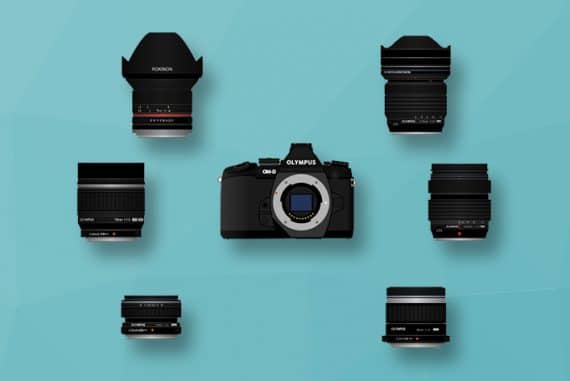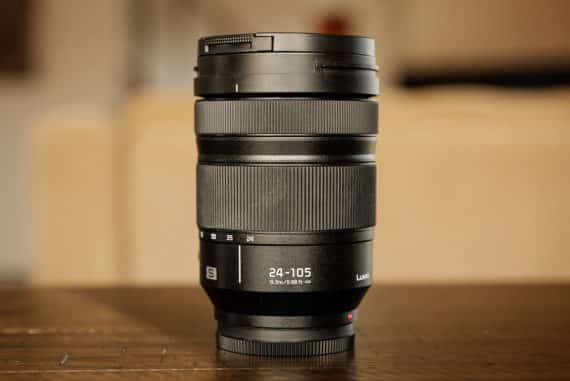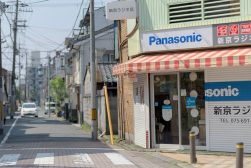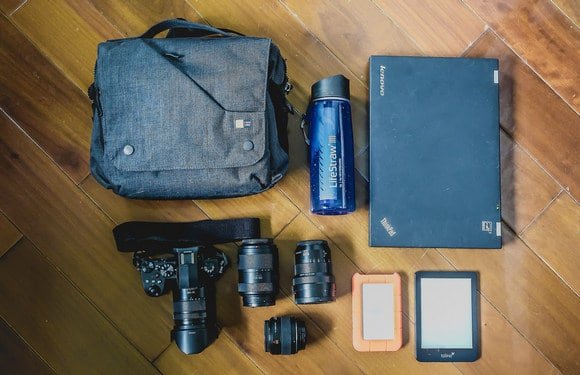


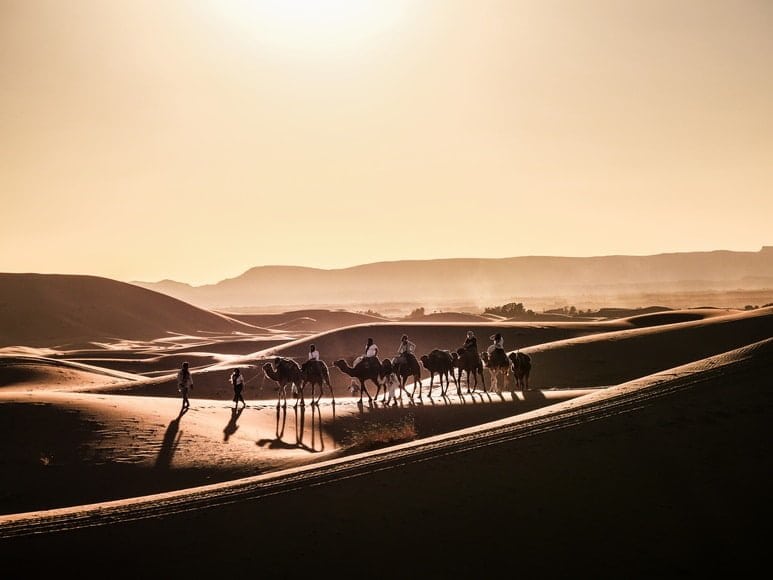




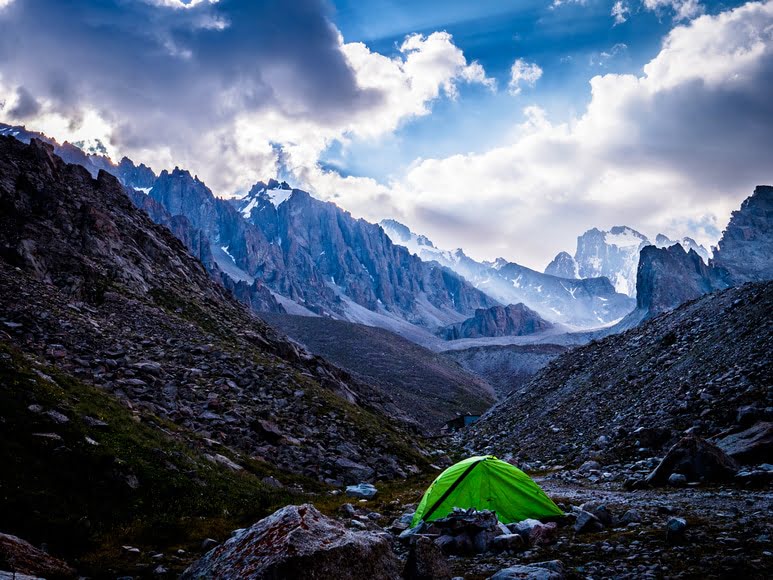
Cynthia Bil
Landscape, Photojournalism | Last Updated: February 5, 2021
When I was growing up in Knokke, a small coastal town in Belgium, I always dreamed of far-away countries.
At some point, I even wanted to become an expeditioner. I had a small tent which I pitched in the garden during the summer holidays and I would stay there for hours, traveling through the world of my books.
I was 11 years old when I went on my first big journey.
I went backpacking with my mother, stepfather and sister in Malaysia. I still remember that my backpack was almost as tall as me.
I absolutely loved the feeling of being on the road, taking local trains and buses to travel around this foreign country and seeing all these beautiful places.
When I was in my early teenage years, my mom and I moved for a little while to South Africa. I think that was the moment when the travel bug really got me. This experience opened a new world to me and even when we had to return to Belgium due to visa issues, my life wasn’t the same anymore.
I didn’t really fit in during my high school years. My peers thought of me as ‘alternative’ or even ‘weird’ as I often was with my head in the clouds.
Whenever I had some free time, I loved to take my bike and cycle to the woods. I could binge-watch documentaries for hours in a row and loved looking at pictures in travel magazines like National Geographic. I always had a love for photography but back then it was more admiring beautiful photos than taking them myself.
That all changed in 2010.
9 years ago, after having lived the “conventional life” and working as a special needs teacher for a couple of years, I decided to go for a couple of months on a solo trip to Ireland.
Little did I know that this trip would be the start of a new life. Traveling in Ireland and spending a lot of time in the woods as a volunteer at Temple Grove, a small retreat in Sneem, felt like coming home. It was also the first time that I found a love in taking photos.
Back then I had a little cheap point-and-shoot camera (I can’t even remember the brand). Although I was lacking proper photography skills, I genuinely enjoyed going on trips in the Irish hills and taking many photos of the stunning landscapes and nature.
After my experiences in Ireland, I decided I didn’t want to go back to my “normal life” in Belgium. I worked hard for 6 months and was able to save enough money to go on a one-year trip around the world.
That 1 year has turned into 8 years now and I’m still not planning on settling soon.
I met many photographers on my travels and all of them taught me new skills. I also dove into online tutorials and practised as much as I could on the field. You could say I’m a self-taught photographer.
My work has now been published in several magazines and I even became a brand ambassador for Panasonic Lumix.
If you would have told me 10 years ago what I would do and achieve nowadays, I probably wouldn’t have believed you. My biggest dream now is to have my work published in National Geographic.
My camera gear
Because I’m a full-time traveler, I’m restricted on size and weight so my gear needs to be light and compact. That’s one of many the reasons why I prefer to work with hybrid cameras.
I focus mainly on landscapes and documentary photography during my travels so each item has to be as versatile as possible. I love to go off the beaten path and when I spend many days in the mountains or desert, I often deal with the unpredictable elements of nature so my equipment also needs to be weather-resistant.
For my travels in Central Asia and Morocco last year, I used the Panasonic Lumix G9, which is a great weather-resistant camera and ideal for landscape photography, and the Panasonic Lumix GX9
, perfect for documentary and street photography.
I recently switched to the Panasonic Lumix G90, the newest camera of the Lumix G-series, which has the best of both my previous cameras. I consider this one as the perfect camera for travel photography.
Not only is it a very compact and light camera, it’s also very easy to use so amateur photographers who aren’t that tech-savvy will quickly understand the handling of it.
The G90 has a weather-sealed body so I can keep taking photos in rainy weather or in dusty environments.
With the 5 axis dual in-body image stabilisation my images are always sharp, even on rough terrain. This means that I don’t need to carry a tripod with me, except for when I want to take photos with exposures longer than 0.5 seconds and starry night sky pictures.
As a travel photographer, I like to capture life on the go. With the optimized high-speed autofocus and fast shutter burst, the G90 can also grab sharp shots of fast-moving subjects. This compact camera also has fantastic video quality so I sometimes use it to make short 4K or Full HD videos.
Thanks to the USB charging function I can charge the camera directly from any power bank, which comes in handy when I’m stuck for days in the mountains without electricity.
The Panasonic Lumix 14-140mm f/3.5-5.6 is the lens I use most often when I’m on the road. It’s small, light (265g) and weather-sealed and it covers a big focal length (28 – 280mm equivalent) so it gives me great versatile zoom capability, perfect for shooting near and far.
I also travel with the Panasonic Leica 8-18mm f/2.8-4 which I mainly use for landscapes and the Panasonic Leica 25mm f/1.4
, a great 50mm prime lens ideal for portraits and shooting in low light.
To capture people from a distance on the streets or during cultural events, I use the Panasonic Lumix 45-200mm f/4-5.6.
For being a telephoto zoom lens that covers a wide focal length (90-400mm equivalent), it’s a very compact and light lens (380g). I’ve seen many photographers walking around with giant and heavy telephoto lenses covering the same range as this one.
I carry all my gear in a small Case Logic Era DSLR Shoulder Bag. It fits the Lumix G90, the 4 lenses, spare batteries, cleaning kit and battery charger.
I even have space left for my Tolino e-reader (I’m still a huge book lover and don’t go anywhere without this e-reader) and my Lacie 2TB Rugged USB-C
, a shock and rain-resistant hard drive to back up all my photos.
What else is in my day-pack?
I’m all about minimalism because I constantly need to carry everything wherever I go. I don’t have many fancy accessories, just practical things I need on a daily basis.
When I’m on the road, I put my camera shoulder bag in my day-pack in which I also carry my refurbished Lenovo Thinkpad T430. Despite being a powerful mobile workstation, this laptop is a bit on the heavy side so I never take it with me if I go hiking or on multiple-day treks in the mountains.
I occasionally have the Manfrotto BeFree Travel Tripod (not shown on photo) with me if I’m planning on shooting long exposures or astro.
Another “accessory” is my Lifestraw Water Filter Bottle. This advanced water filter bottle protects against bacteria, parasites and organic chemical matter so I can safely drink water from rivers, springs or even taps that look a bit dodgy. Another advantage of this water bottle is that I don’t have to buy bottled water which helps the environment.
www.journalofnomads.com | @journalofnomads

Check out these 8 essential tools to help you succeed as a professional photographer.
Includes limited-time discounts.






